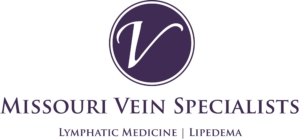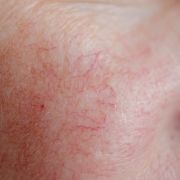What Is Vascular Stenting?
Your arteries fulfill the vital function of carrying blood through your different body parts. However, the arteries supplying your heart and limbs can become constricted with fat deposits. The resulting insufficient blood supply can cause painful cramps, sensation loss, and permanent tissue damage.
Stents are medical tools used to widen constricted arteries. These devices are placed through a medical procedure called angioplasty, giving doctors a minimally invasive way to treat damaged arteries.
Types of Stents
The simplest and oldest types of stents use bare metal arranged into an expandable mesh. They support the artery walls upon placement, preventing the blood vessel from collapsing. Their simplicity makes them cheaper to use. However, they are not always successful in preventing arteries from constricting again.
Next-generation stents slowly release medications into the artery walls. These drug-eluting stents are more successful at preventing the narrowing of blood vessels. One thing to consider is that these stents carry a slight risk of triggering in-stent thrombosis. A blood clot could form inside the stent, blocking blood flow. For this reason, people with this stent need to take blood thinners for long periods to minimize abnormal blood clotting.
Newer stents have additional features, such as being made out of a polymer that slowly dissolves as the blood vessel strengthens. Other stents may deliver drugs for a short period, minimizing the risk of thrombosis. Some of these stents are designed to reduce scar formation, preventing vessel collapse.
Angioplasty and Stenting
Specialists install stents as part of angioplasty, a procedure meant to reopen partially blocked arteries. It involves inserting a catheter into the site of the blockage. A balloon fits inside the stent, and upon inflation, secures the stent in place. The balloon expansion increases the blood vessel diameter, while the stent prevents future constriction.
An angioplasty is performed on a radiological table equipped with an x-ray scanner. In an angioplasty, you are given a sedative through an IV drip, keeping you relaxed. The doctor chooses an insertion site for the catheter and administers a local anesthetic. The doctor then makes a small incision to access the entry artery before inserting the catheter.
The doctor will use X-ray imaging to guide the catheter end towards the blocked artery gradually. Once proper placement occurs, gas will be used to inflate the balloon and install the stent. The doctor will remove the catheter before sealing the wound.
The procedure may produce some discomfort, but you should feel little pain. You can usually walk around a few hours after the operation and resume many activities immediately after the procedure. Nevertheless, you might be asked to stay overnight at the hospital to address any complications.
Benefits and Risks
Angioplasty and vascular stenting are less invasive than open surgery, which can render you bedridden for days. Due to the less invasive nature of the procedure, there are fewer complications involved. The operation is generally successful, and in most cases, no further procedures are necessary.
A significant downside to vascular stenting is that you need to take anticoagulants, possibly indefinitely, to prevent blood clot formation inside the stent. Some bleeding may occur at the incision site, and some people are allergic to the contrast agent used during X-ray imaging. Your doctor will review your medical history and current health to reduce risk of complications such as these.
Stent Placement in Liberty, MO
To recap, vascular stenting is a procedure used to widen arteries clogged with deposits. This procedure is less time-consuming than other treatment options, such as bypass surgery. Angioplasty and vascular stenting are performed by experienced surgeons and specialists who can ensure your chances of success are high.
The medical team at Missouri Vein Specialists has a lot of experience performing stent placements. Dr. Scott Darling can diagnose and treat your condition, so you can return to living your life to the fullest.
For more information or to schedule an appointment with Dr. Darling, contact our friendly staff today by calling (816) 792-3400. You can also fill out our easy-to-use online appointment form now. We look forward to helping you stay healthy!












